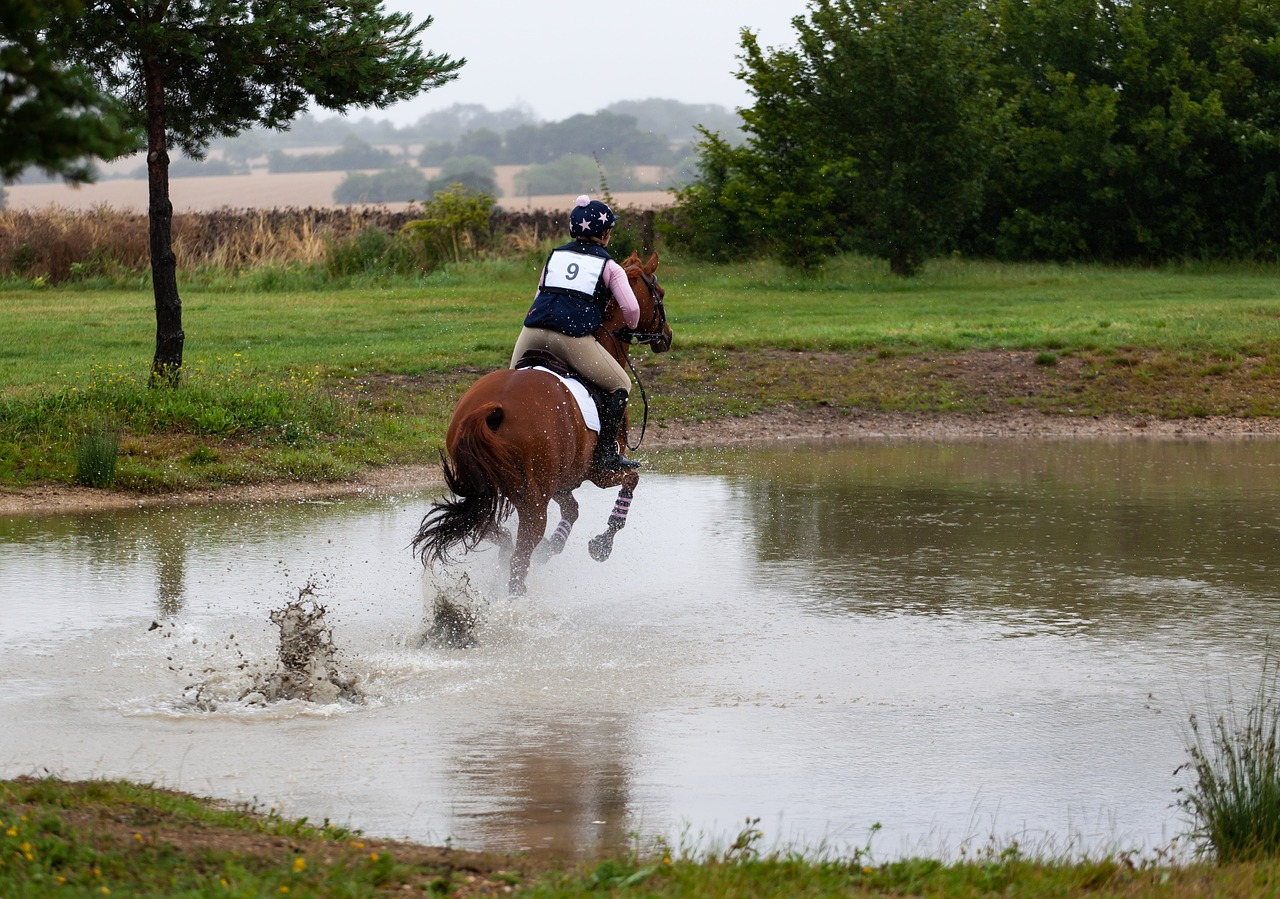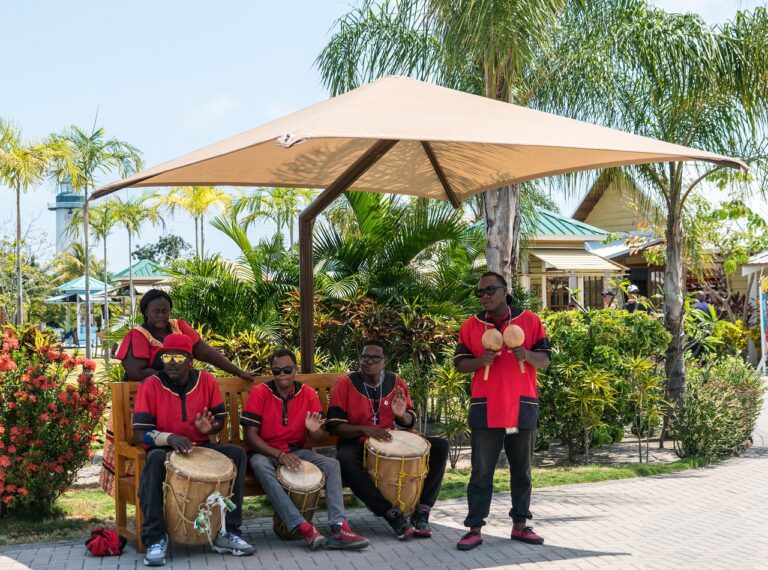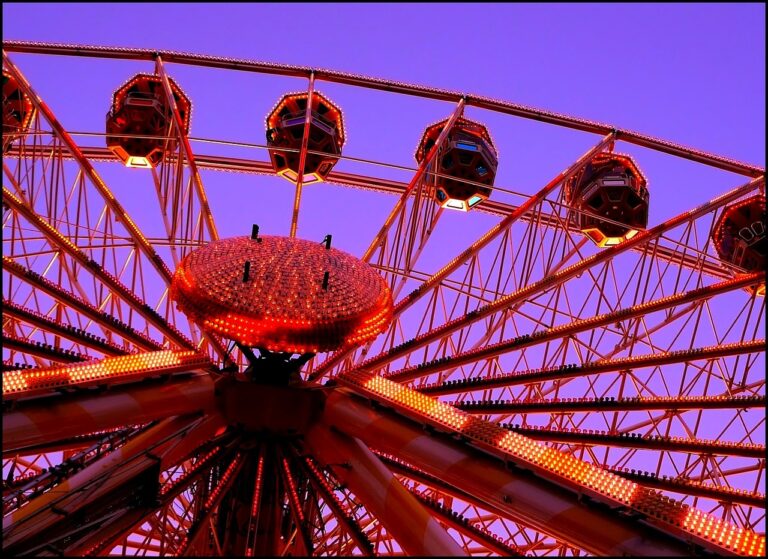The Role of Stunt Coordinators in Creating Iconic Movie Scenes
When we think of iconic movie scenes, our minds often jump to thrilling car chases, jaw-dropping fight sequences, and heart-stopping stunts. These memorable moments on the big screen wouldn’t be possible without the hard work and expertise of stunt coordinators. In this article, we will explore the crucial role that stunt coordinators play in creating these unforgettable scenes.
What is a Stunt Coordinator?
A stunt coordinator is a highly skilled professional who is responsible for planning, coordinating, and executing dangerous and challenging stunts in films, TV shows, and other media productions. They work closely with directors, producers, and other key crew members to ensure the safety of the cast and crew while delivering thrilling and realistic action sequences.
The Responsibilities of a Stunt Coordinator
Stunt coordinators have a wide range of responsibilities that are crucial to the success of a film or TV show. Some of the key responsibilities include:
1. Stunt Planning
One of the most important tasks of a stunt coordinator is to plan and choreograph the action sequences in a film. This involves working closely with the director to understand their vision for the scene and then designing and executing the stunts to bring that vision to life.
2. Safety
Ensuring the safety of the cast and crew is the top priority for a stunt coordinator. They are responsible for conducting thorough risk assessments, implementing safety protocols, and training stunt performers to execute stunts safely and effectively.
3. Stunt Casting
Stunt coordinators are also responsible for casting and hiring the right stunt performers for each scene. They must consider factors such as skill level, physical ability, and previous experience to ensure that the performers can execute the stunts successfully.
4. Equipment and Props
Stunt coordinators are in charge of sourcing and maintaining the equipment and props needed for stunt sequences. This includes safety gear, rigging equipment, and any other specialized tools required to ensure the safety and success of the stunts.
The Importance of Stunt Coordinators in Filmmaking
Stunt coordinators play a crucial role in the filmmaking process, and their contributions are invaluable to the success of a film or TV show. Some of the key reasons why stunt coordinators are essential to creating iconic movie scenes include:
1. Safety
As mentioned earlier, safety is the top priority for stunt coordinators. By meticulously planning and executing stunts, stunt coordinators help to minimize the risk of injuries to the cast and crew, ensuring that everyone can work in a safe and controlled environment.
2. Realism
Stunt coordinators are experts in their field and are trained to create realistic and believable action sequences. By working closely with directors and stunt performers, stunt coordinators can help to bring the director’s vision to life in a way that looks and feels authentic to audiences.
3. Creativity
Stunt coordinators are creative problem solvers who thrive on finding innovative solutions to challenges. Whether it’s designing a complex fight sequence or orchestrating a death-defying stunt, stunt coordinators bring a unique blend of artistry and technical skill to the table.
Examples of Iconic Movie Scenes Created by Stunt Coordinators
Some of the most iconic movie scenes in film history have been brought to life by the skill and expertise of stunt coordinators. Here are a few examples of memorable movie scenes that were made possible by the work of stunt coordinators:
1. The Car Chase in “Bullitt” (1968)
The car chase scene in the classic film “Bullitt” is often cited as one of the greatest car chases in cinematic history. Stunt coordinator Carey Loftin was responsible for choreographing the thrilling chase through the streets of San Francisco, showcasing his mastery of stunt driving and precision planning.
2. The Climactic Fight in “The Matrix” (1999)
The climactic fight scene between Neo and Agent Smith in “The Matrix” is a high-octane battle that has become iconic in the world of action movies. Stunt coordinator Chad Stahelski, along with his team of stunt performers, worked tirelessly to choreograph and execute the complex fight sequences that left audiences breathless.
3. The Building Jump in “Mission: Impossible – Ghost Protocol” (2011)
The jaw-dropping scene in “Mission: Impossible – Ghost Protocol” where Tom Cruise’s character Ethan Hunt jumps from one building to another in Dubai is a prime example of the daring stunts that stunt coordinators can pull off. Stunt coordinator Gregg Smrz orchestrated this heart-pounding sequence that left audiences on the edge of their seats.
FAQs
Q: How do stunt coordinators ensure the safety of the cast and crew during stunts?
A: Stunt coordinators conduct thorough risk assessments, implement safety protocols, and train stunt performers to execute stunts safely and effectively. They also work closely with other key crew members to ensure that the set is secure and that all safety measures are in place.
Q: How do stunt coordinators come up with creative and innovative stunts for films?
A: Stunt coordinators are creative problem solvers who use their expertise and experience to come up with innovative solutions to challenges. They work closely with directors and other key crew members to understand the vision for the scene and then design and execute stunts that bring that vision to life.
Q: What skills and training are required to become a stunt coordinator?
A: To become a stunt coordinator, individuals typically need to have a background in stunt performing and a solid understanding of the technical and safety aspects of stunt work. They may also need to undergo specialized training and certification to work in the film and TV industry.
Overall, stunt coordinators are essential to creating the high-energy and heart-pounding action sequences that we love to watch on the big screen. Their skill, expertise, and dedication make them unsung heroes in the world of filmmaking, and their contributions are instrumental in bringing iconic movie scenes to life.







